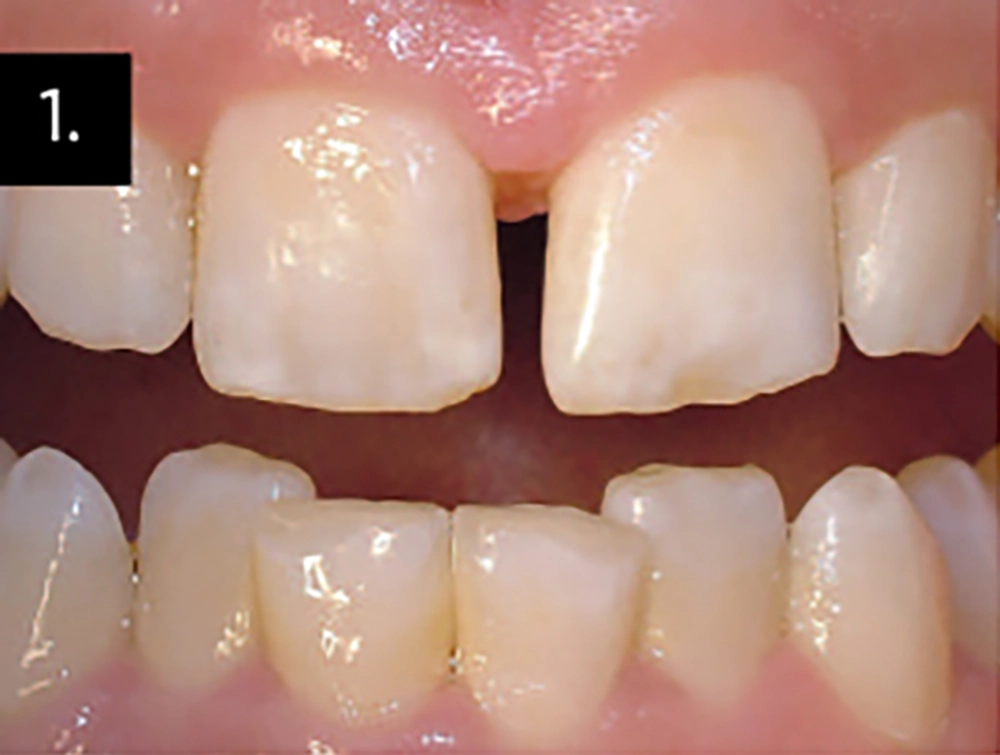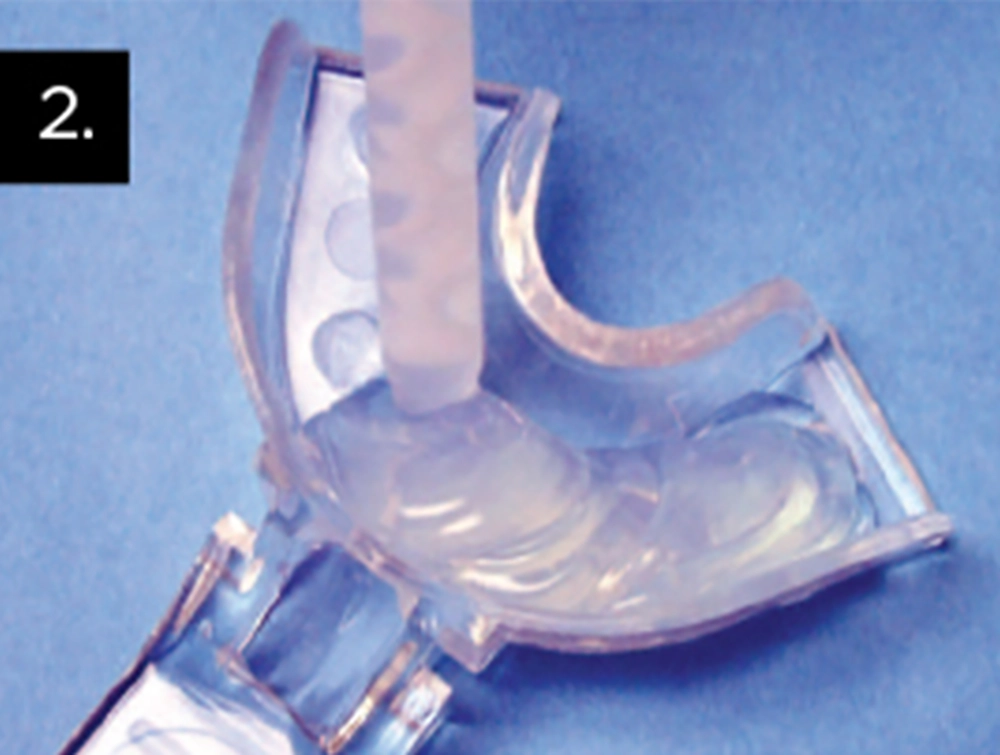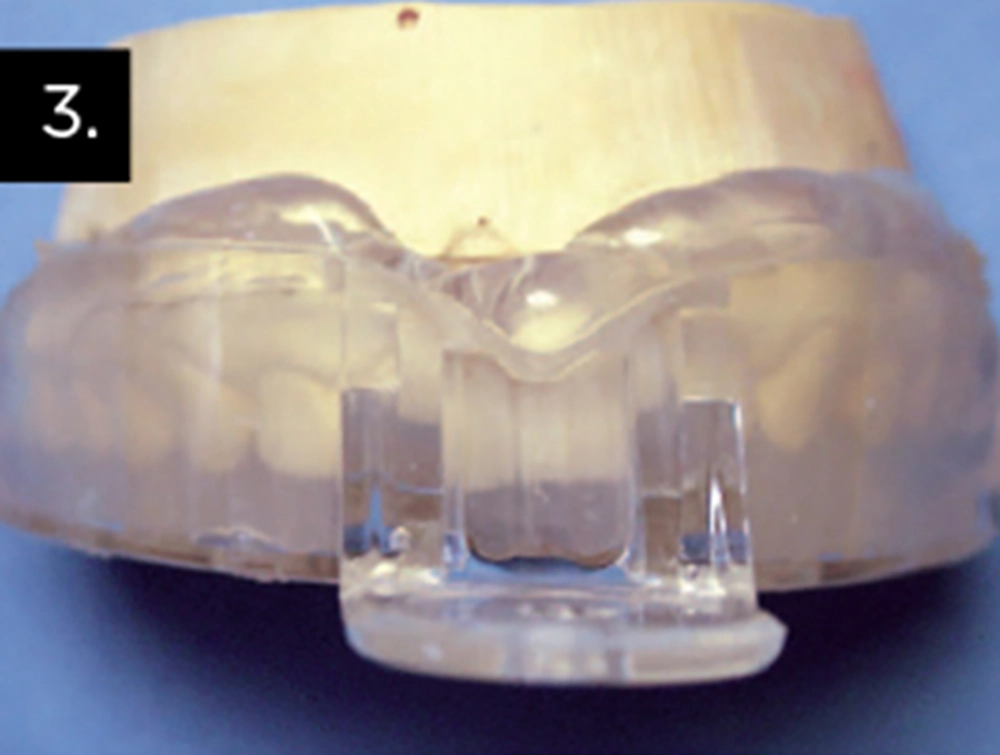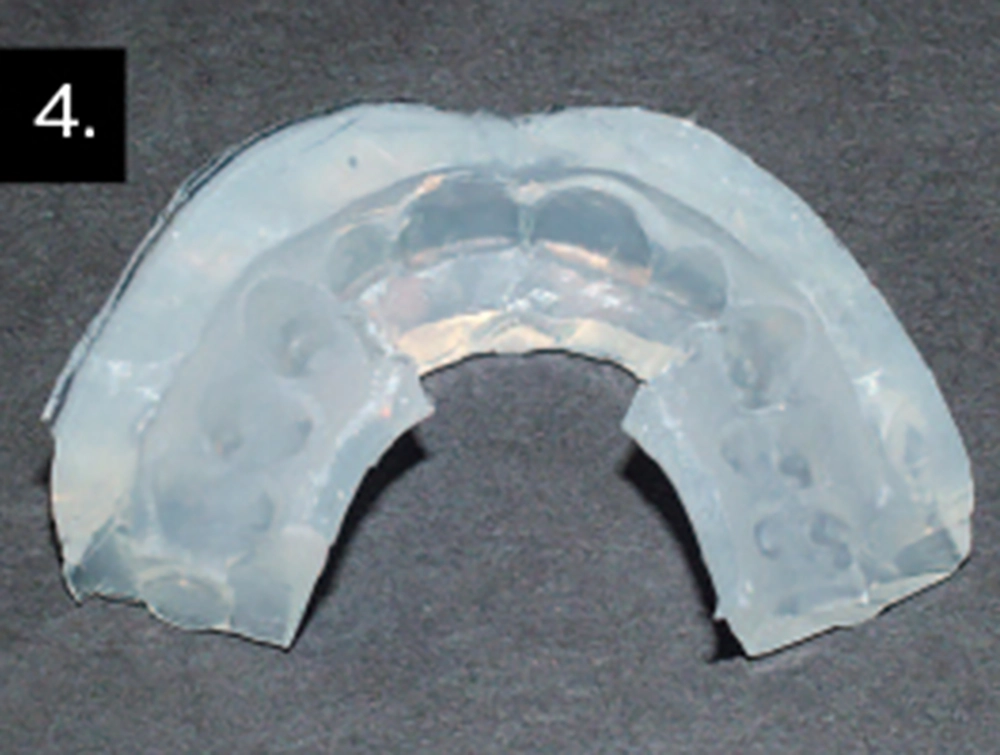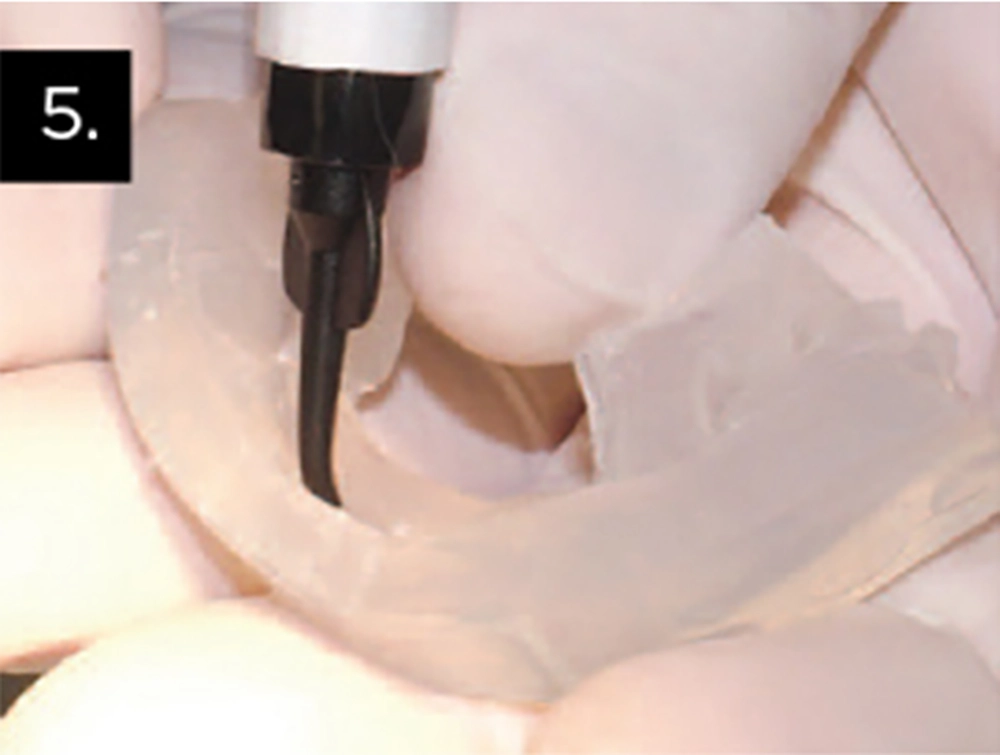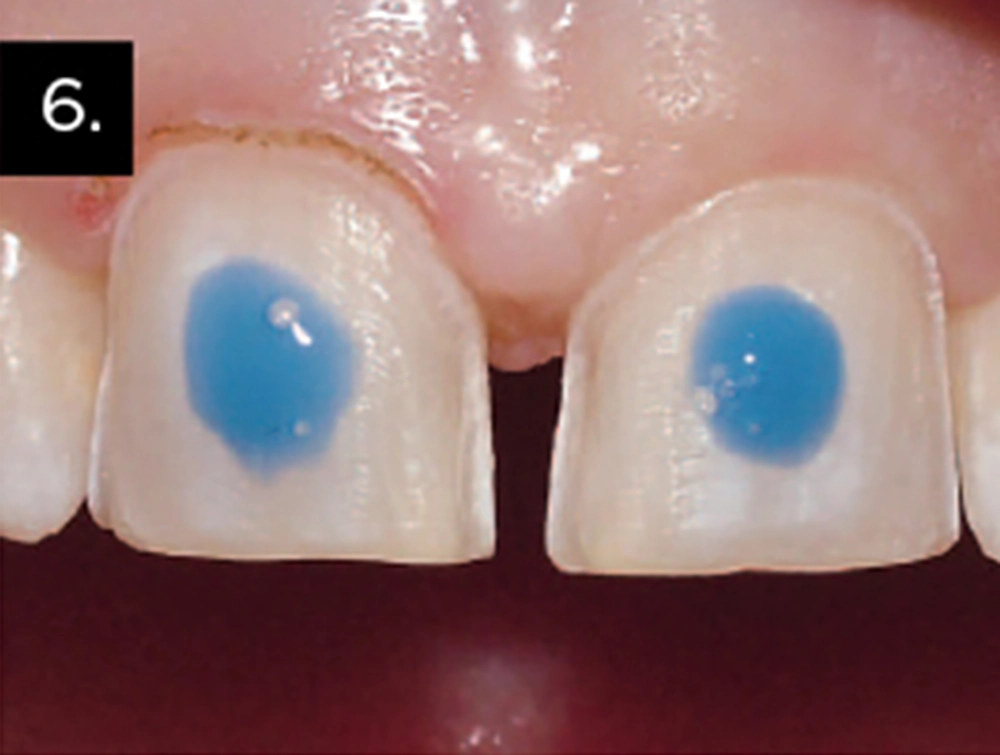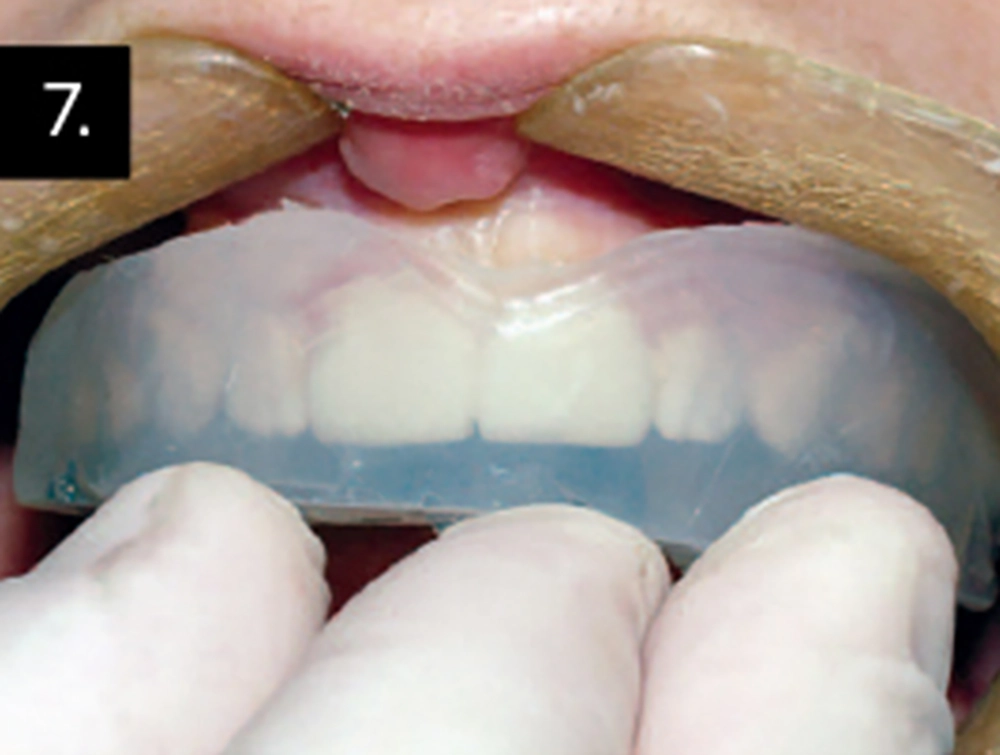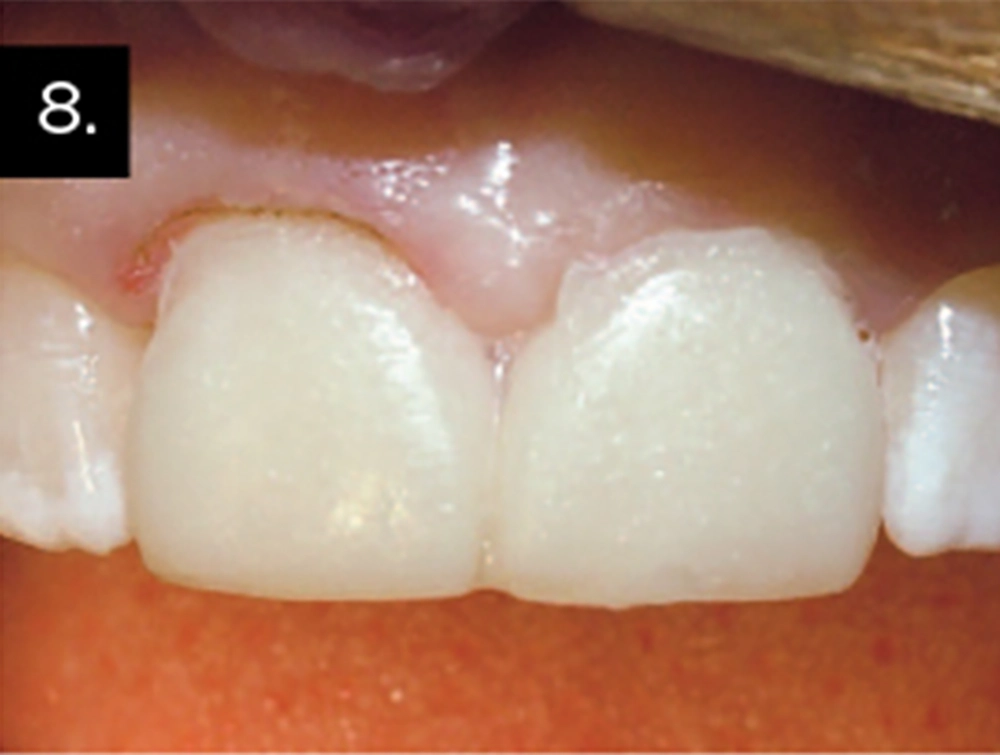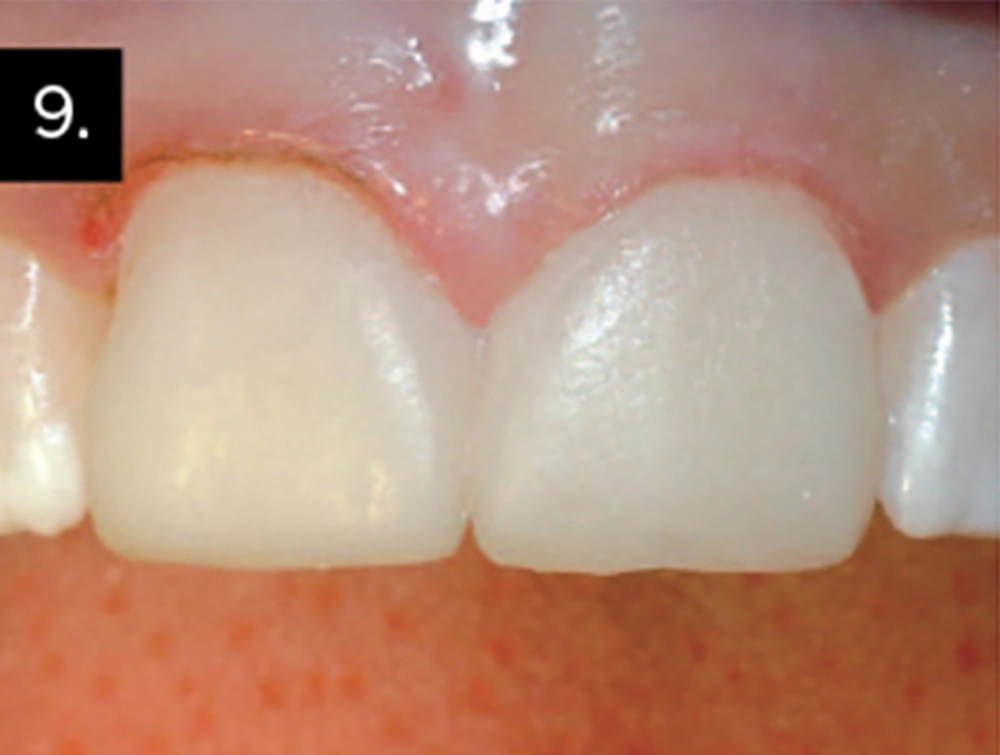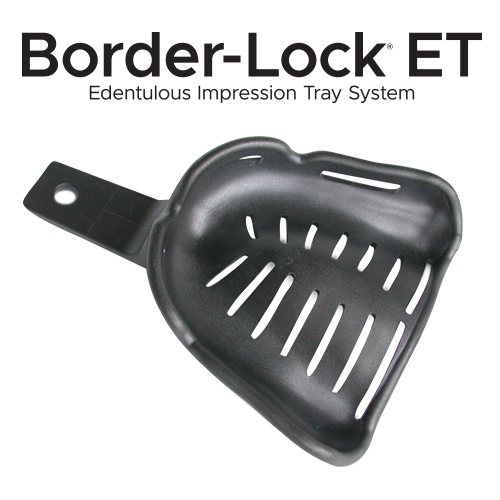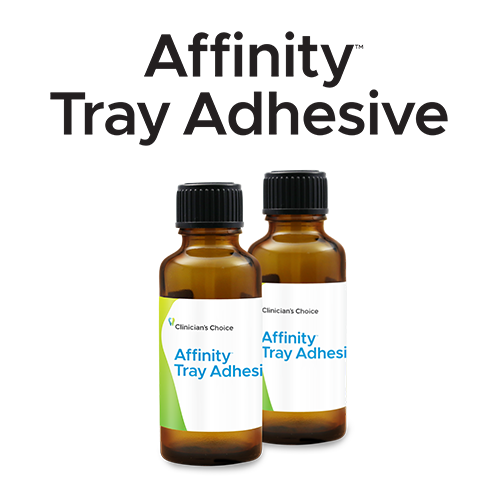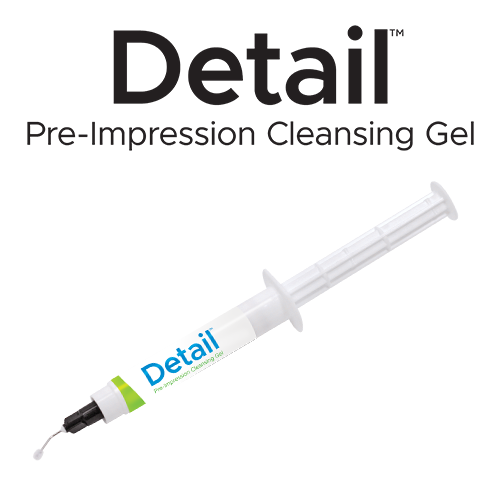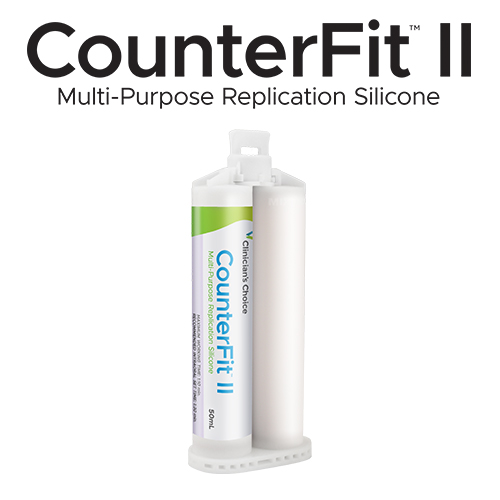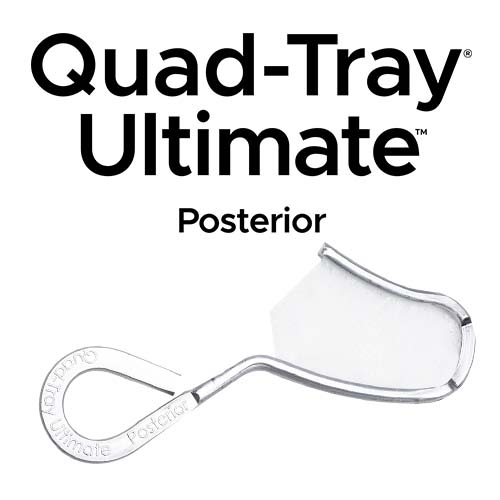Affinity Crystal is an advanced silicone matrix material you can light-cure through. Designed for easy fabrication of temporary veneers, Affinity Crystal is the only matrix material to utilize branched resin chemistry, resulting in greater procedural efficiency, higher tear strength, and the most predictable results for accurate provisional restorations.
Affinity™ Crystal Matrix Impression Material
- Description
- Clinical Technique
- Resources
- Instructions For Use / SDS
- Product Configurations
- FAQ
- Testimonials
Description
Affinity™ Crystal matrix impression material is ultra-durable, and easy to place. Its transparency allows the clinician to control flash formation, both interproximal and gingival, by visually verifying seating and adaptation of the filled matrix. Voids and air bubbles in the temporary composite material can also be detected easily.
With a working time of 45 seconds and intraoral cure time that can be as short as 90 seconds (for a maximum procedure time of only 2:15 minutes), Affinity Crystal is far more efficient and accurate than traditional procedures using putty, alginate, and vacuum splints.
- Advanced silicone matrix material you can light-cure through
- Prevents formation of interproximal and gingival flash
- Transparent formula facilitates proper seating and detection of voids and air bubbles
- Outstanding durability and tear strength
- Ideal working and setting times
- More efficient than traditional procedures using putty, alginate, and vacuum splints.
Clinical Technique
Dentistry and photography courtesy of Dr. Len Boksman and Dr. Brad Carson.
<! — Figure 1 –>
<! — Figure 2 –>
<! — Figure 3 –>
<! — Figure 4 –>
<! — Figure 5 –>
<! — Figure 6 –>
<! — Figure 7 –>
<! — Figure 8 –>
<! — Figure 9 –>
<! — Figure 10 –>
<! — Figure 11 –>
Resources
Instructions For Use / SDS
Click here to view the Affinity Crystal Instructions for Use / SDS.
Product Configurations
Affinity Crystal
- 2-50mL cartridges, instructions/SDS
- with mixing tips
- 6-50mL cartridges instructions/SDS
- with mixing tips
- 12-50mL cartridges, instructions/SDS
- without mixing tips
FAQ
The working time of Affinity Regular Set material is 1:45 mins with a setting time of 2:30 mins.
Affinity Fast Set materials have a working time of 1:10 mins and a set time of 1:45 mins.
Only Affinity uses branched resin chemistry for 3-dimensional cross-linking resulting in a higher tear strength, refined fillers, and an even distribution of surfactant. Other impression materials use linear resin chemistry with an uneven distribution of surfactant resulting in less accurate impressions that are more prone to tearing of the thin interproximal and sulcus fins.
Light and heavy body materials from another brand may be mixed but strict attention must be paid to the working and set times as they need to mimic or exceed Affinity’s.
Always keep the tip of the mixing tip fully immersed in the Light Body fully as it is syringed around the prep sites.
It is important to work quickly when loading Quad-Trays. Dispense Affinity InFlex in an S-pattern onto the non-prep side after running a bead of material around the periphery of the tray. Immediately turn the Quad-Tray over and repeat on the prep side.
If using Fast Set, switch to Affinity Regular Set impression material. Do not attempt to adjust the temperature of the material in order to slow down the set.
Testimonials
